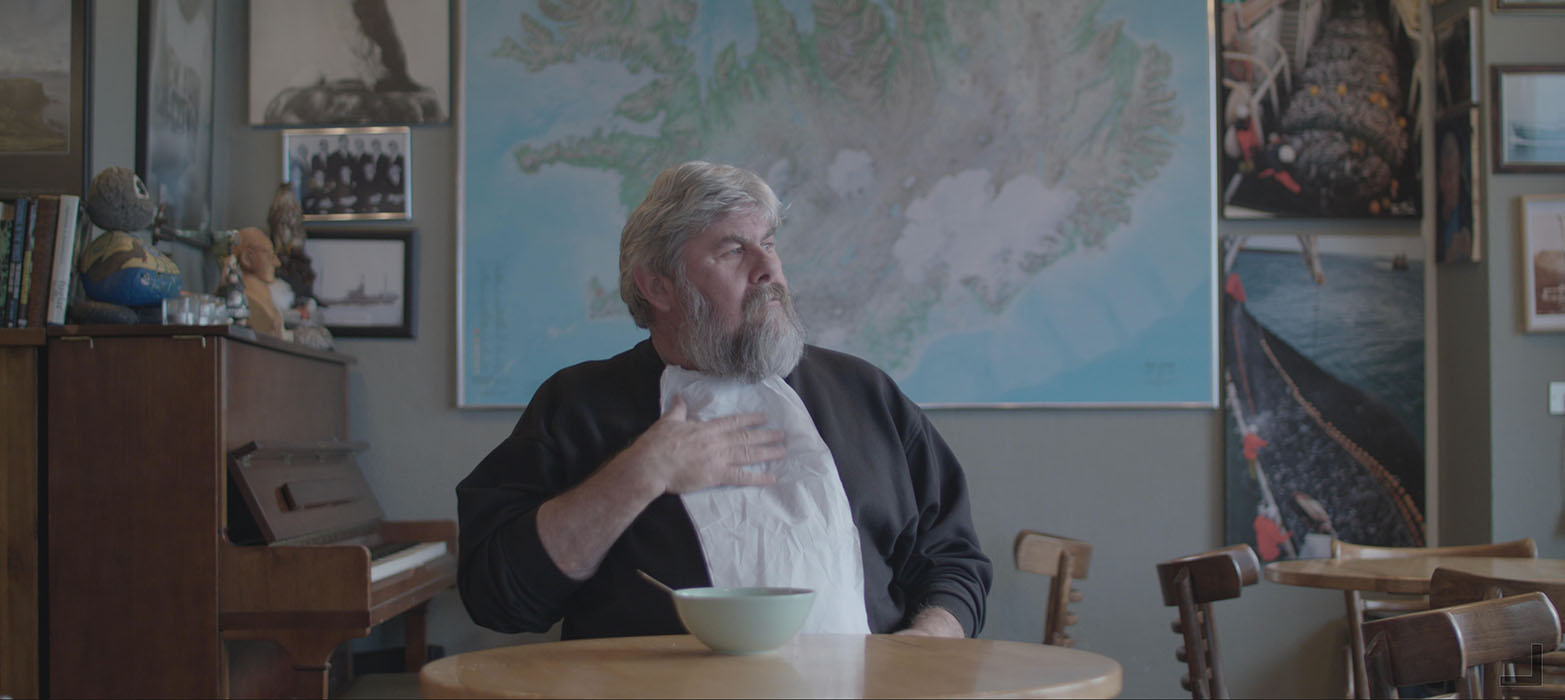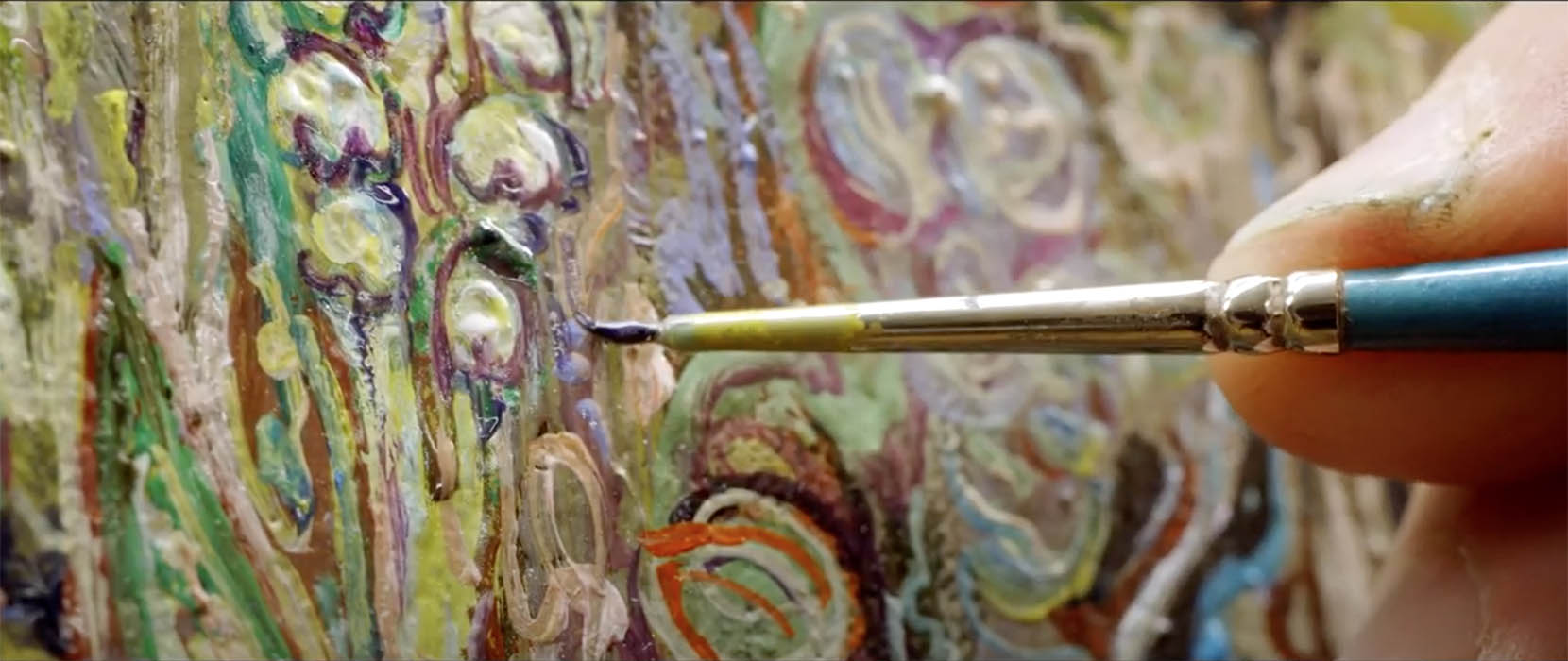In 1957, a young and unknown Swiss artist by the name of Dieter Roth boarded a ship to Iceland in the pursuit of love. After seven years in a small society unable to contain his talent, he left, leaving behind his life partner and three children to become one of the most influential European artists of the 20th century.
Most of his working life after that was spent in Germany and Switzerland but Iceland remained a refuge, an inspiration, the home to his family and a second home to Dieter, whose legacy left a distinctive mark on the Icelandic and international art scenes.
Dieter Roth Puzzle
Written and directed by Hilmar Oddsson
Producers: Ólafur Rögnvaldsson, Sigurður Gísli Pálmason
Camera: Ólafur Rögnvaldsson
Sound design: Kjartan Kjartansson, Steingrímur Eyfjörð
Graphic design: Gunnar Vilhjálmsson
Production companies
Ax e.h.f.
Mýrargata 2-8,
101 Reykjavík
tel. + 354 561 2181 mob. +354 699 3943 ax@talnet.is
Ground Control Productions Laugavegi 182,
105 Reykjavík
, tel. +534 595 0900, mob. +354 848 6814 svanhildur@hof.is
H. Oddsson ehf. Leifsgata 25
101 Reykjavík, mob. +354-898-0209 ho@ismennt.is
General information
Release date: 2008
Length: ca.110 min
Format: HD cam/Digibeta
Shot in Iceland, Switzerland, Germany, USA, England, Denmark, and Austria.
Funded by The Icelandic Film Center, RUV and various private sources.
Director’s note
‘I knew Dieter from early childhood. He was my aunt’s husband and his eldest son became my first and closest friend. Although I knew him best as a child he touched my life in many ways and he still does, nine years after his death.
I wanted to make this film to find out where Dieter came from and what shaped him as a person and as an artist. How did Karl Dietrich Roth become Dieter Roth? What was his real connection to Iceland? How did it influence his artistic work and vice versa? What set him apart as an artist?
To find answers to these questions I visited his house in Snaefellsnes, a remote place in Iceland where he used to spend time on his own, to immerse myself in his writings. I also travelled to Germany, Switzerland, Denmark, Britain and the US, as well as around Iceland, to talk to his family and to his many friends and colleagues.
What emerged from these travels were stories about his childhood, adolescence and young adulthood in Europe; the war and the move to Denmark, where
he found the love that brought him to Iceland. His life there, providing for a growing family, his impact on the local art scene, how he finally left to pursue a life as
an artist. I learnt how his recognition as such grew but with it his discontent. How depression and alcoholism shaped his life to the end – an early end which came in 1998 in Basel, Germany, at the age of sixty-eight.
This film is narrated by the people who shared Dieter’s life, for better or worse, and whose lives were shaped by his. It is tragic and happy in turns, the story of an exceptional person who has been celebrated as one of the most singular and important artists of the second half of the 20th century.’
About the Director
Hilmar Oddsson was born in 1957, in Reykjavik, Iceland. Music was his first love and he trained as a cellist before studying film direction at the Feature Film department of the München Hochschule für Fernsehen und Film, graduating in 1985.
Oddsson’s first feature film, The Beast (1986), was released after his return to Iceland. A psychological thriller dealing with the fate of two young people in a remote and bleak environment, it was a critical and popular success. In addition to writing and directing the film, Oddsson composed a part of the musical score.
His second feature film Tears of Stone (1995) is the story of Iceland’s most famous composer, Jon Leifs, who started his career in Nazi Germany where he fell
in love with and married the pianist Annie Riethof, who was Jewish. The couple escaped Germany with their two daughters in 1945. Leifs’ quest for success was thus turned into a quest for survival, bringing him years of isolation, only followed by recognition in the1990’s, almost three decades after his death. Tears of Stone was selected for participation in more than 30 film festivals and has won various prizes, including at the film festivals of Göteborg and Prag.
No trace (1998), a parody / thriller, tells of the adventures of five youngsters whose innocence lands them in the hands of ruthless criminals.
Cold Light (2004) is based on the work of Icelandic novelist, Vigdis Grimsdottir. The film was extremely well received and has won several Icelandic and international awards, including The Edda, the Icelandic Academy Awards, as best film of 2004. In addition Oddsson received a European Film Awards nomination as best director in 2004.
Oddsson has worked independently as television director on documentaries, tv dramas and short films and been instrumental in various film and production initiatives in Iceland. He has taught at the Iceland Academy of the Arts and the Film Academy of Iceland and written extensively on film. From 1996-2006 he was on the board of directors of the Iceland Symphony Orchestra.


